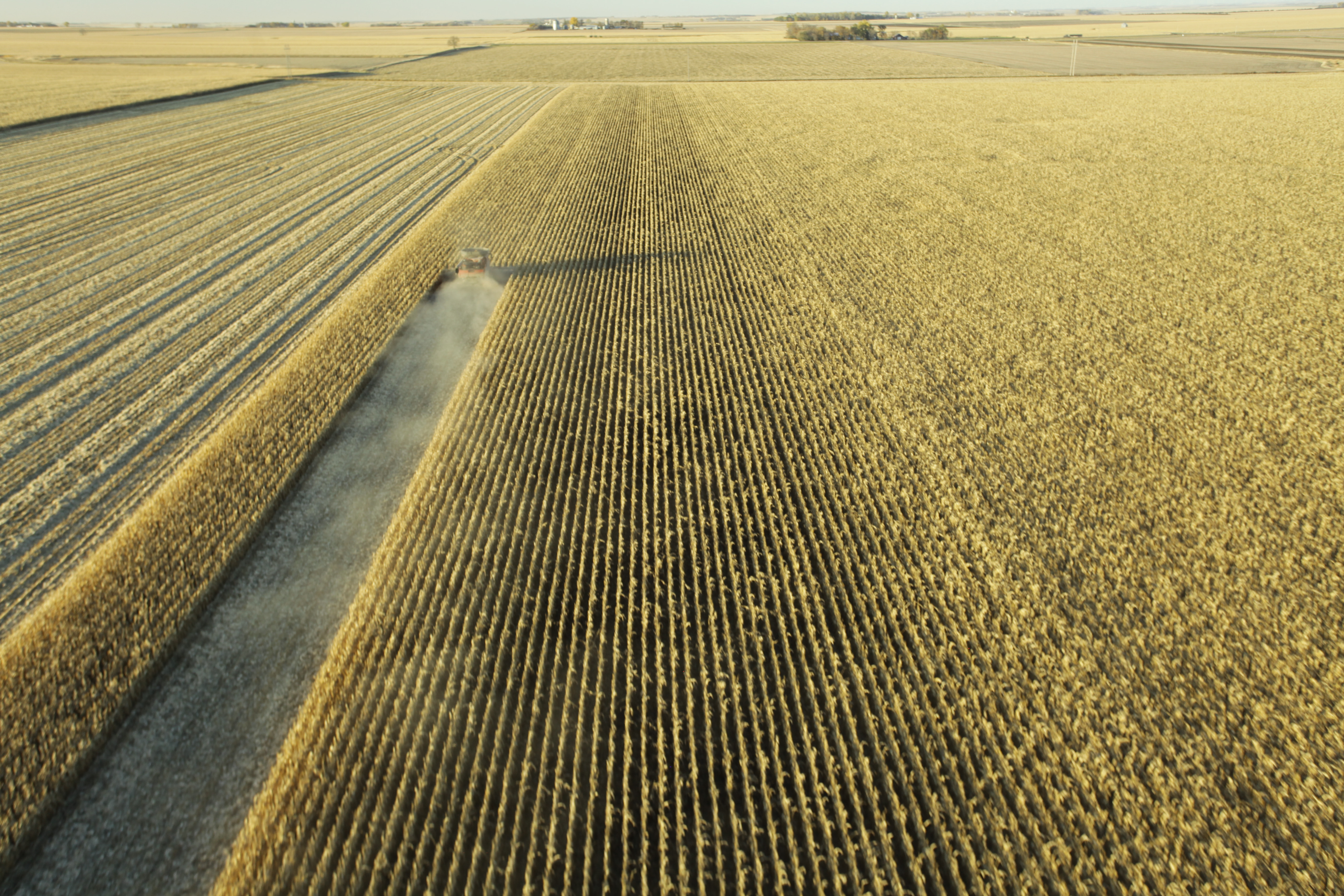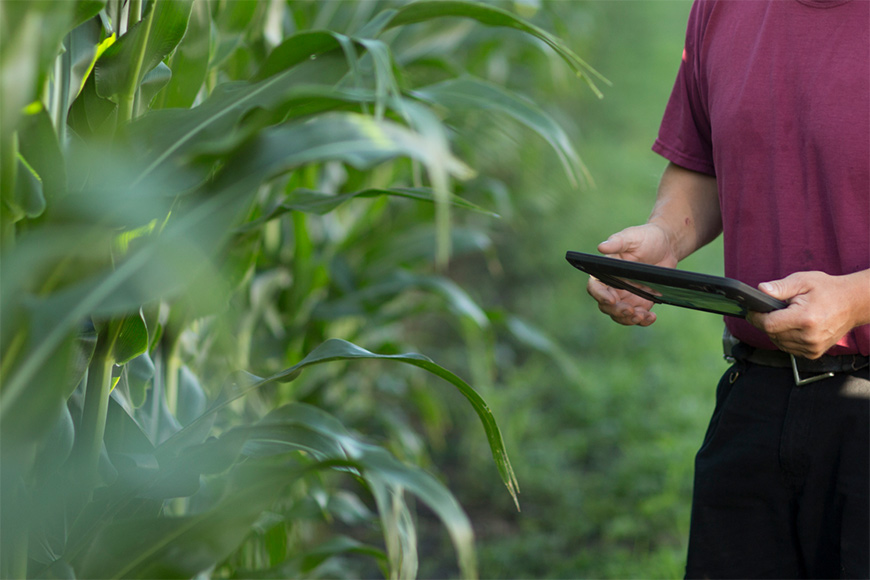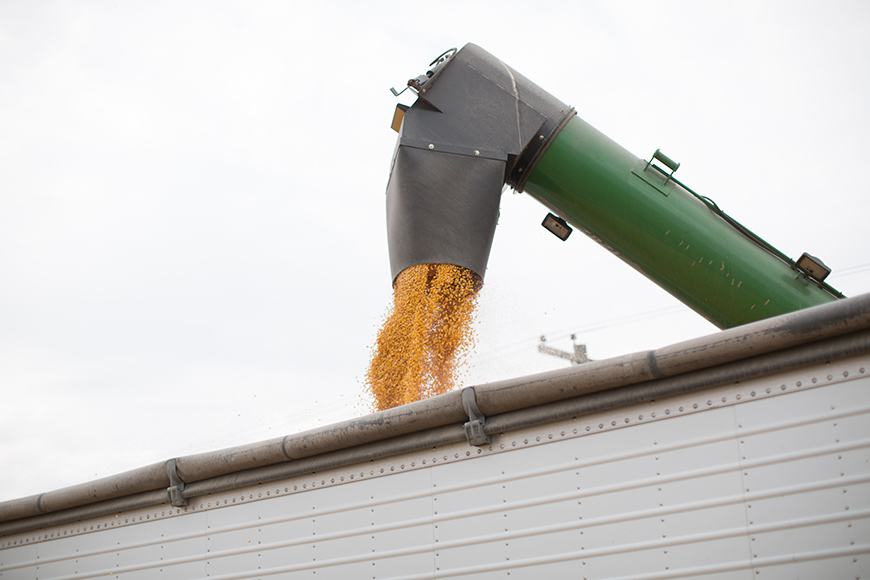Prep for Commercial UAV Compliance in 2017

Are more farmers asking your retail business to perform drone-assisted aerial photography on their fields? As drones continue to grow in popularity, and farmers increasingly turn to ag technology to help them quickly and accurately assess field health, it’s important to know what is necessary to operate a drone for commercial purposes.
I recently completed an online study curriculum through DMZ Aerial, one of a number of companies offering courses that prepare people to take the Part 107 Aeronautical Knowledge Test. This is the written test required for all unmanned aerial vehicle (UAV) operators who want to earn their remote pilot certificate, which is required prior to operators charging for their services. Part 107 is the portion of the Federal Aviation Administration’s regulations that covers the operation of small unmanned aircraft weighing less than 55 pounds.
If your retail location is planning to offer more drone-related services to farmers, this course provides good overall knowledge about operating a drone and other related areas. The course takes between seven and eight hours to complete online.
Quizzes and tests are included throughout the study curriculum, and the minimum passing score is 70 percent. The study curriculum includes five sections, which closely mirror those in the Part 107 Aeronautical Knowledge Test: regulations, airspace and requirements, weather, loading and performance, and operations. A couple of topics in particular stood out for me.
Staffing
When operating a drone, there must be a lead person who controls it. When operating a drone in certain spaces, there must be someone who is literally a spotter, keeping the drone within his or her visual line of sight. So if the operator is not able to watch the drone at all times, there must be at least one additional person on site who can.
Weather
Basically, a commercial drone operator needs to understand weather patterns in the way someone operating a jumbo jet would. The example used in the course was a weather report that pilots would use flying into or out of O’Hare International Airport in Chicago. Wind direction, forecast information, temperatures, pressure systems and other elements that can affect the flight were all included. It was very in-depth, and I learned quite a bit about weather in general, not only about flying.
Aeronautical maps
Understanding different fly zones — including military access zones and restricted-access zones like those near airports and urban areas — is critical. As a commercial drone operator, understanding and being up-to-date on the airspace you are allowed to be in is paramount to safe and successful drone operation.
For more information, check out these resources:
Online study curriculum offered by DMZ Aerial
Part 107 and FAA regulations regarding commercial drone operation
FAA information on small unmanned aircraft systems (UAS)
Becoming a UAS pilot and sample questions from the Part 107 Aeronautical Knowledge Test
I recently completed an online study curriculum through DMZ Aerial, one of a number of companies offering courses that prepare people to take the Part 107 Aeronautical Knowledge Test. This is the written test required for all unmanned aerial vehicle (UAV) operators who want to earn their remote pilot certificate, which is required prior to operators charging for their services. Part 107 is the portion of the Federal Aviation Administration’s regulations that covers the operation of small unmanned aircraft weighing less than 55 pounds.
If your retail location is planning to offer more drone-related services to farmers, this course provides good overall knowledge about operating a drone and other related areas. The course takes between seven and eight hours to complete online.
Quizzes and tests are included throughout the study curriculum, and the minimum passing score is 70 percent. The study curriculum includes five sections, which closely mirror those in the Part 107 Aeronautical Knowledge Test: regulations, airspace and requirements, weather, loading and performance, and operations. A couple of topics in particular stood out for me.
Staffing
When operating a drone, there must be a lead person who controls it. When operating a drone in certain spaces, there must be someone who is literally a spotter, keeping the drone within his or her visual line of sight. So if the operator is not able to watch the drone at all times, there must be at least one additional person on site who can.
Weather
Basically, a commercial drone operator needs to understand weather patterns in the way someone operating a jumbo jet would. The example used in the course was a weather report that pilots would use flying into or out of O’Hare International Airport in Chicago. Wind direction, forecast information, temperatures, pressure systems and other elements that can affect the flight were all included. It was very in-depth, and I learned quite a bit about weather in general, not only about flying.
Aeronautical maps
Understanding different fly zones — including military access zones and restricted-access zones like those near airports and urban areas — is critical. As a commercial drone operator, understanding and being up-to-date on the airspace you are allowed to be in is paramount to safe and successful drone operation.
For more information, check out these resources:
Online study curriculum offered by DMZ Aerial
Part 107 and FAA regulations regarding commercial drone operation
FAA information on small unmanned aircraft systems (UAS)
Becoming a UAS pilot and sample questions from the Part 107 Aeronautical Knowledge Test





